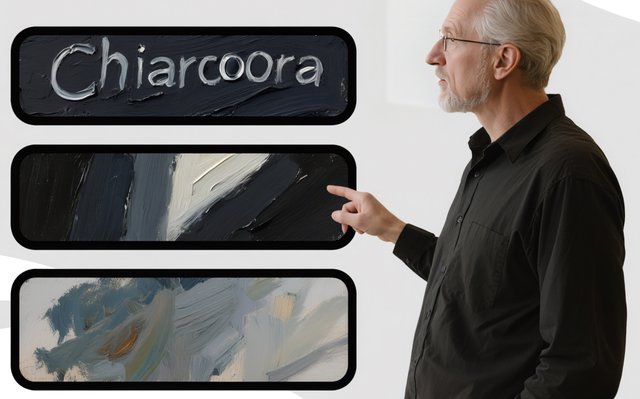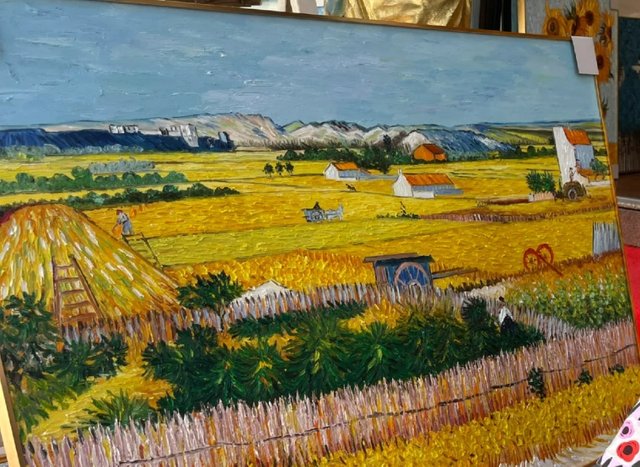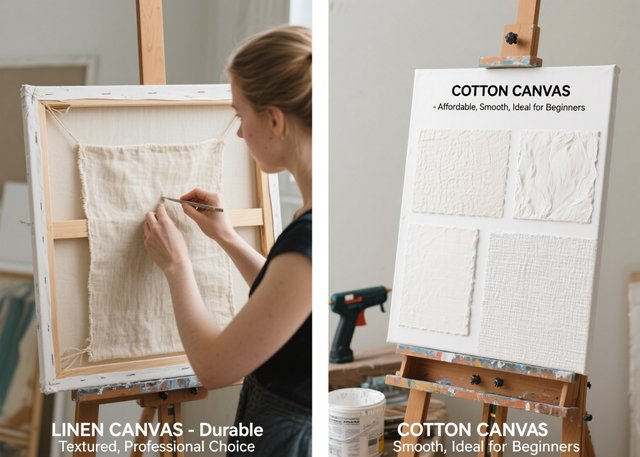Are Oil Paint Pigments All Raw Materials? Shocking Facts Unveiled

Walk into an art supply store, and you’ll see tubes labeled “natural pigments” or “artist-grade oils.” But do oil paints really rely only on raw materials? At theArtPaint, we’ve decoded the science of pigment creation. Spoiler: It’s a mix of age-old nature and modern innovation. Here’s what you need to know.
1. Traditional Raw Materials: Nature’s Palette
For centuries, Artists mined pigments straight from the earth. Ochre (yellow-brown) comes from iron-rich clay; ultramarine blue was once made from lapis lazuli stones, so rare it cost more than gold. Even today, high-end brands use these raw materials for their unique depth.
Natural pigments have personality. Sienna, from Italian earth, warms up over time, while charcoal black (from burned wood) adds rich, matte tones. These materials connect modern art to ancient traditions—think of Van Gogh’s sunflowers, painted with natural yellows from arsenic minerals (safe when processed!).
2. Synthetic Pigments: Lab-Created Wonders
Not all pigments come from rocks or plants. By the 19th century, chemists started creating synthetic versions. Phthalo blue, for example, is made in labs and delivers a brighter, more consistent color than natural ultramarine. These man-made pigments solved big problems: they’re cheaper, more stable, and often safer.
Synthetics also expanded the color range. Cadmium red, a vibrant hue, is synthetic—natural reds (like cochineal, from bugs) fade quickly. Today, 70% of commercial oil paints use synthetic pigments, and for good reason: they resist fading and work better in large-scale production.
3. Why Mixing Raw and Synthetic Works Best
No artist sticks to one type. Even the pros blend natural and synthetic pigments. A landscape painter might use natural sienna for warmth and synthetic green for a bold grassy hue. This mix balances tradition (depth) and practicality (durability).
At theArtPaint, our custom pet portraits use this approach. We pair natural umber (for soft fur tones) with synthetic titanium white (for bright highlights) to make your pet’s eyes pop—without losing that classic Oil painting feel.
4. How to Spot Quality Pigments
Not all pigments are equal. Here’s how to tell if your oil paint uses top-tier materials:
Check the label: “Pigment load” (amount of pigment vs filler) should be high—50% or more for artist-grade paints.
Natural clues: Earthy tones (browns, yellows) are often natural; neon or ultra-bright shades are likely synthetic.
Price point: Pure natural pigments (like genuine lapis) cost more—if a “natural blue” is cheap, it’s probably synthetic.
5. Practical Tips for Choosing Pigments
Whether you’re painting or buying art, keep these in mind:
For longevity: Prioritize synthetic pigments for outdoor art (they resist weather better).
For tradition: Opt for natural pigments in portraits—they age gracefully, developing a warm patina.
For boldness: Synthetic pigments (like quinacridone magenta) stay vibrant longer in direct light.
| Pigment Type | Source | Pros | Cons | Best For |
|---|---|---|---|---|
| Natural | Minerals, plants, bugs | Unique depth, historic vibe | Expensive, may fade | Portraits, classic landscapes |
| Synthetic | Lab-created | Bright, durable, affordable | Less “organic” feel | Modern art, outdoor displays |
Oil paint pigments aren’t all raw materials—they’re a harmony of nature and science. This blend is why oil paintings stay versatile, vibrant, and beloved. At theArtPaint, we handpick pigments for every project, ensuring your custom art balances tradition and longevity.
Ready to explore pigment magic? Browse our collection of oil paintings, each crafted with care from the best materials on earth (and in labs).




